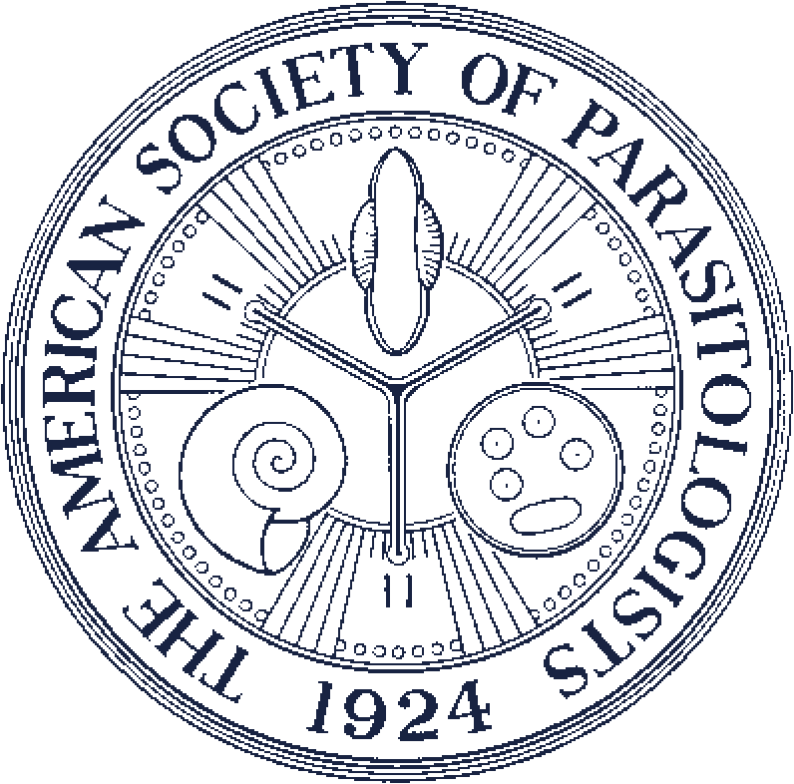Identification of Taenia sp. in a Natural Human Mummy (Third Century BC) from the Chehrabad Salt Mine in Iran
Tapeworm eggs from the genus Taenia sp. were identified during the study of mummy remains dated to 2,286 ± 28 BP from the Chehrabad salt mine in northwestern Iran. The presence of tapeworm in this salt mine provides paleopathological information. Moreover, it brings new information on ancient diet, indicating the consumption of raw or undercooked meat. Cultural aspects as well as archaeozoological data are discussed in order to try to detail meat consumption. Paleoparasitological data are rare in the Middle East, and this case study presents the first recovery of parasites in ancient Iran. It constitutes the earliest evidence of ancient intestinal parasites in this country and contributes to the knowledge of gastrointestinal pathogens in the Near East.Abstract:

Location of the Chehrabad salt mine (northwestern Iran) and view of mummy no. 5 during excavations. Arrow size = 20 cm. (Photograph A. Aali.)

Egg of Taenia sp. (37 × 30 μm) recovered in mummy no. 5 pelvis sample, Chehrabad salt mine, Iran (3rd century BC). Scale = 10 μm.
